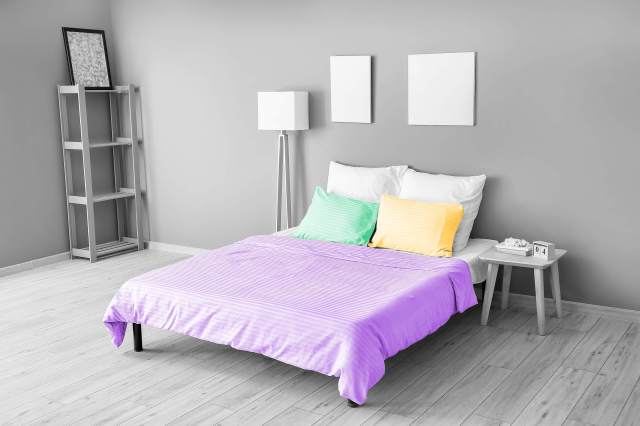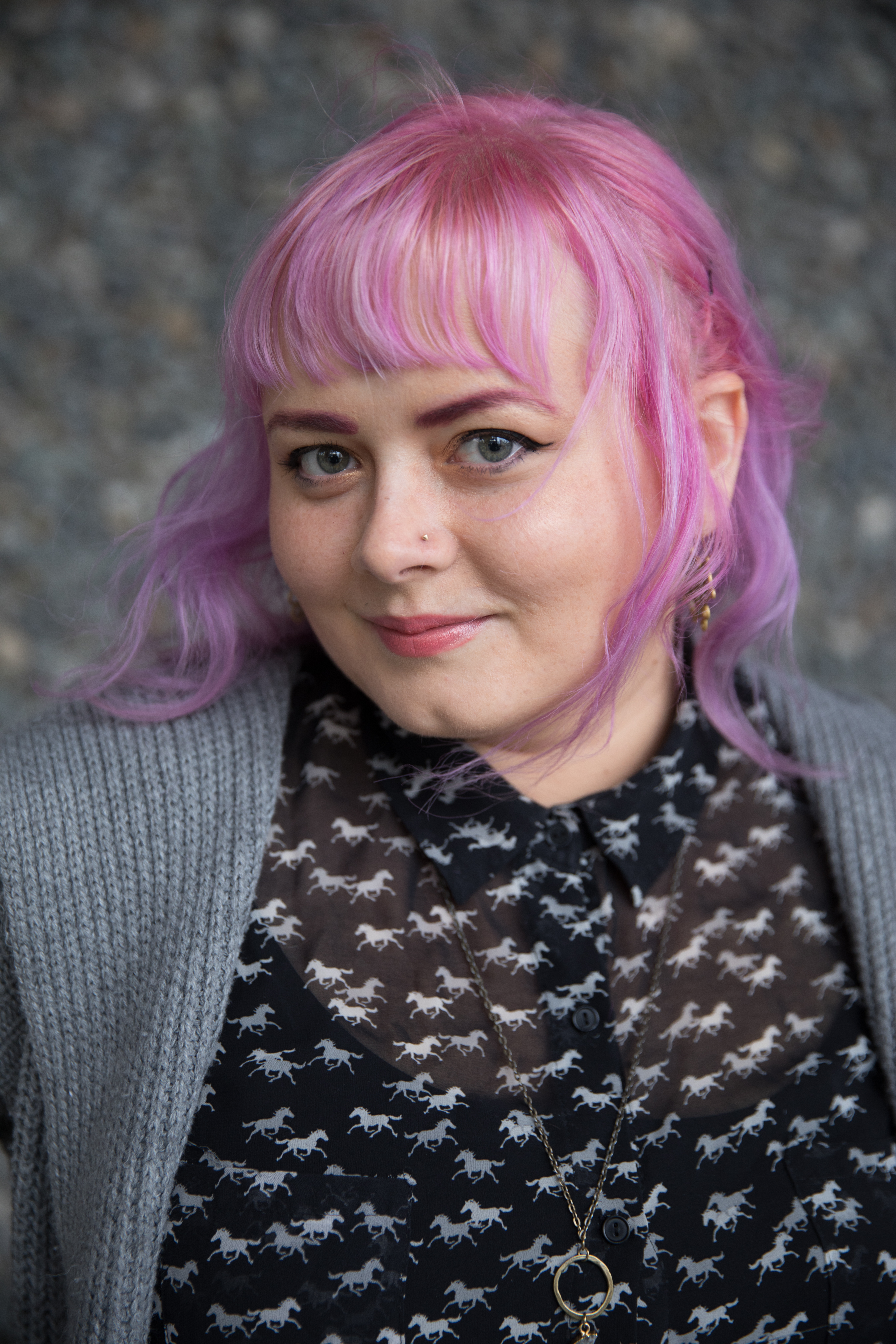
The Earliest Beds May Have Been About Pest Prevention
Humans lived in Sibudu Cave in South Africa at least 77,000 years ago, and according to some archaeologists, early people made their beds there. Those passing through would gather plant matter from outside the cave, then pile it in shallow holes in the cave floor. The bedding included Cape laurel, an aromatic tree that’s a natural pest repellent. Laundry was pretty easy: People would periodically burn the bedding in the hole and start over, which researchers believe was a way of killing pests and cleaning up garbage.

We’re Still Reading About a Giant 16th-Century Novelty Bed
The Great Bed of Ware was constructed around 1590 in Ware, Hertfordshire, England, at the time about a day’s journey from London. Historians think it was made as a tourist attraction, and if that’s true, it was extremely successful — it was immortalized in popular verse, and people still visit it today at the London-based Victoria and Albert Museum.
The ornate canopy bed is a whopping 10 feet wide, 11 feet long, and nearly 9 feet high, and was often used as a literary device to imply either bigness or lewdness. Most famously, Shakespeare referenced the bed in Twelfth Night: “As many lies as will lie in thy sheet of paper, although the sheet were big enough for the bed of Ware.”
Legend has it that 26 couples (52 people!) spent one night in it together for a bet in 1689. That may be apocryphal, but countless people did sleep in it at one point or another. Some even carved their initials in the posts, many of which are still visible today.

Bed-Sharing With Friends (and Strangers) Was Common Until Very Recently
Before bedrooms emerged (and for a while after), it was common to share not just rooms, but beds, too, and not even with people you knew particularly well. Even family beds were sometimes shared with the odd traveler. In wealthy households, servants would sleep at the foot of their boss’s bed. The 17th-century diarist Samuel Pepys often had sleepovers with his friends, sharing a bed and having conversations. Benjamin Franklin and John Adams even shared a bed once in a New Jersey inn; they could not agree on whether to keep the window in the small room open or closed. Large, communal beds at inns weren’t unheard of; travelers often slept with strangers (it’s even mentioned in Moby Dick). A French phrasebook for medieval travelers included phrases for admonishing bedmates. As far back as 5000 BCE, travelers shared large, stone beds in China and Mongolia, and brought their own bedding. People occasionally share beds with strangers today, too, although it’s not generally encouraged.
More Interesting Reads

Shakespeare Left His Wife His “Second-Best Bed”
Near the end of William Shakespeare’s last will and testament, he leaves a specific item to his wife, Anne Hathaway: “Item I gyve unto my wife my second best bed.”
It wasn’t meant to be insulting — beds were a major luxury item at the time, and the best bed was often a centerpiece item displayed in a common area and offered to guests. The second-best bed was probably the bed they actually slept in together. Scientific analysis of the will shows that the bed was a somewhat late addition to the document; it’s possible the Bard started bequeathing personal items after he knew he was dying.

California Kings Came Before Regular Kings
California king mattresses are actually slightly narrower and longer than regular kings. But California kings were invented to be big, and at the time, they didn’t have a lot of competition.
Sometime between the 1920s and the 1940s, a Los Angeles mattress salesman wanted a glamorously large bed that he could market specifically to Angelenos with larger homes. He developed an 84-inch-long mattress and called it the California king.
After World War II, big beds started sweeping the nation, but other mattress manufacturers standardized the measurements a little bit so their king mattresses were the size of two twins pushed together. For a while, what we know now as just a “king” was called the “Eastern king.” At some point, the non-California bed dropped the qualifier and its longer counterpart did not.

Waterbeds Used To Be Medical Devices
When most people think of waterbeds, they think of the luxury item that rose to prominence in the 1970s. But the first modern waterbed came along in 1833, when Scottish inventor and doctor Neil Arnott invented the “hydrostatic bed for invalids,” designed to reduce recovery time, increase patient comfort, and reduce bedsores. By placing a soft mattress on top of a bath with waterproof rubber on top, he wrote, “[the patient] would repose on the face of the water, like a swan on its plumage, without sensible pressure anywhere.”
Waterbeds actually took off for a while in a medical setting, including in at least one Civil War army hospital. Meanwhile, the more recreational waterbed we’re used to now was invented in the late 1960s.












